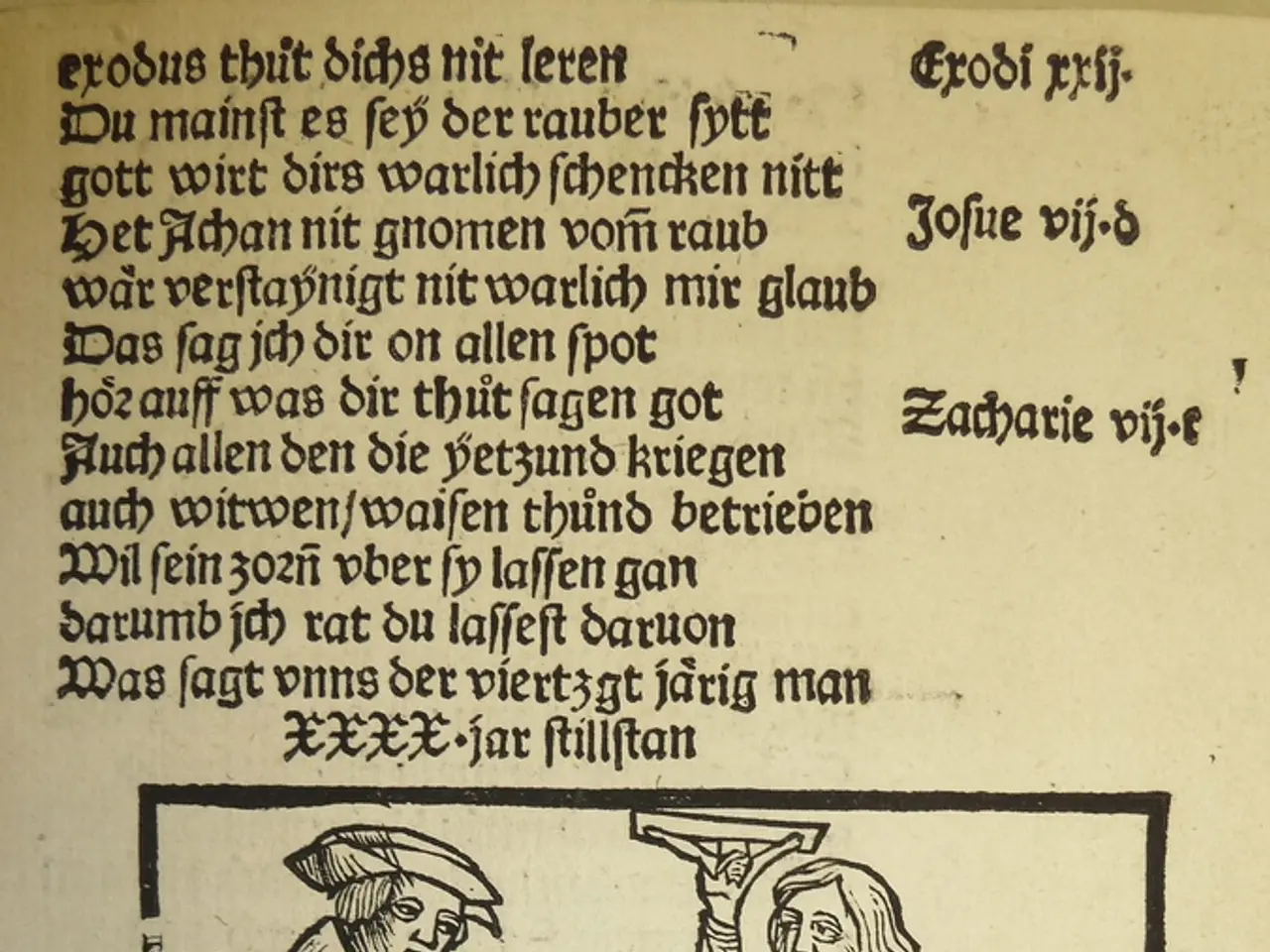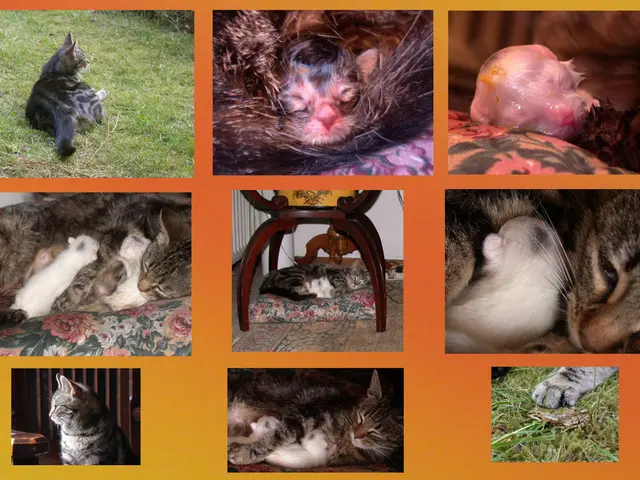Examination of Language and Cultural Belongingness
Language plays a critical role in maintaining unique cultural heritage, acting as a guardian of cultural identity, intergenerational connections, and indigenous knowledge. The loss of language often leads to an erosion of these cultural elements, while its preservation helps communities sustain their customs, traditions, and social bonds across generations.
Preserving Cultural Identity
Heritage languages carry unique worldviews, histories, and cultural expressions that define a community’s identity. Without language, these cultural aspects risk being lost or diluted. Preserving language ensures that these unique cultural elements are passed down from generation to generation, maintaining the distinct identity of each community.
Fostering Intergenerational Connections
The use of heritage language within families and communities enables meaningful transmission of cultural values and knowledge between old and young generations, preventing cultural discontinuity. This intergenerational communication is essential for preserving the rich tapestry of cultural traditions that define each community.
Supporting Community Belonging and Ethnic Identity
Language often serves as a social glue for immigrant families and indigenous groups, facilitating connections and fostering a collective ethnic identity. This sense of belonging is particularly important for those who may feel displaced in new environments, providing a sense of continuity and connection to their roots.
Safeguarding Indigenous Knowledge and Wellbeing
Indigenous languages encode traditional wisdom on health, spirituality, environment, and healing. Preservation of these languages supports access to culturally appropriate healthcare and mental health benefits, ensuring that communities can continue to draw on their ancestral knowledge to maintain their wellbeing.
Combating Dominant Language Pressures
Dominant languages often marginalize heritage languages via education, media, and public policies. Efforts in language preservation counteract this threat, supporting multilingualism and cultural diversity. By promoting heritage languages, we ensure that diverse voices and perspectives are heard and valued.
Educational and Technological Support
Schools, community programs, and digital media platforms can promote heritage languages, legitimizing them and empowering communities to maintain their cultural heritage actively. Technology, in particular, provides a powerful tool for connecting individuals with others who share their linguistic and cultural background, allowing them to maintain connections with their heritage culture even as they navigate globalized spaces.
In an increasingly homogenized global context, preserving language is an essential strategy to protect and maintain the distinct cultural heritage of communities. By doing so, we enable the survival and flourishing of their cultural traditions, social relations, and collective memory, ensuring that the rich diversity of human culture continues to thrive.
However, the future of language and cultural identity is likely to be shaped by ongoing processes of globalization and technological advancement. It is crucial that we continue to support efforts to preserve endangered languages and promote linguistic diversity, ensuring that the world remains a vibrant tapestry of unique cultures and traditions.
- Globalization threatens cultural traditions as dominant languages marginalize heritage languages, but efforts in language preservation counteract this, supporting multilingualism and cultural diversity.
- The preservation of heritage languages ensures that unique cultural elements such as cooking, fashion-and-beauty, and food-and-drink are passed down, safeguarding cultural traditions across generations.
- Education and self-development are essential in language preservation, with schools, community programs, and digital media platforms promoting heritage languages and offering skills training for personal growth and career development.
- Language and cultural identity are closely linked, with heritage languages providing a sense of belonging for immigrant families and indigenous groups, fostering ethnic identity and social connections.
- Indigenous languages encode valuable knowledge, from health and spirituality to environmental practices and healing methods. The preservation of these languages supports access to culturally appropriate healthcare and mental health services, contributing to the wellbeing of communities and the maintenance of their cultural heritage.




